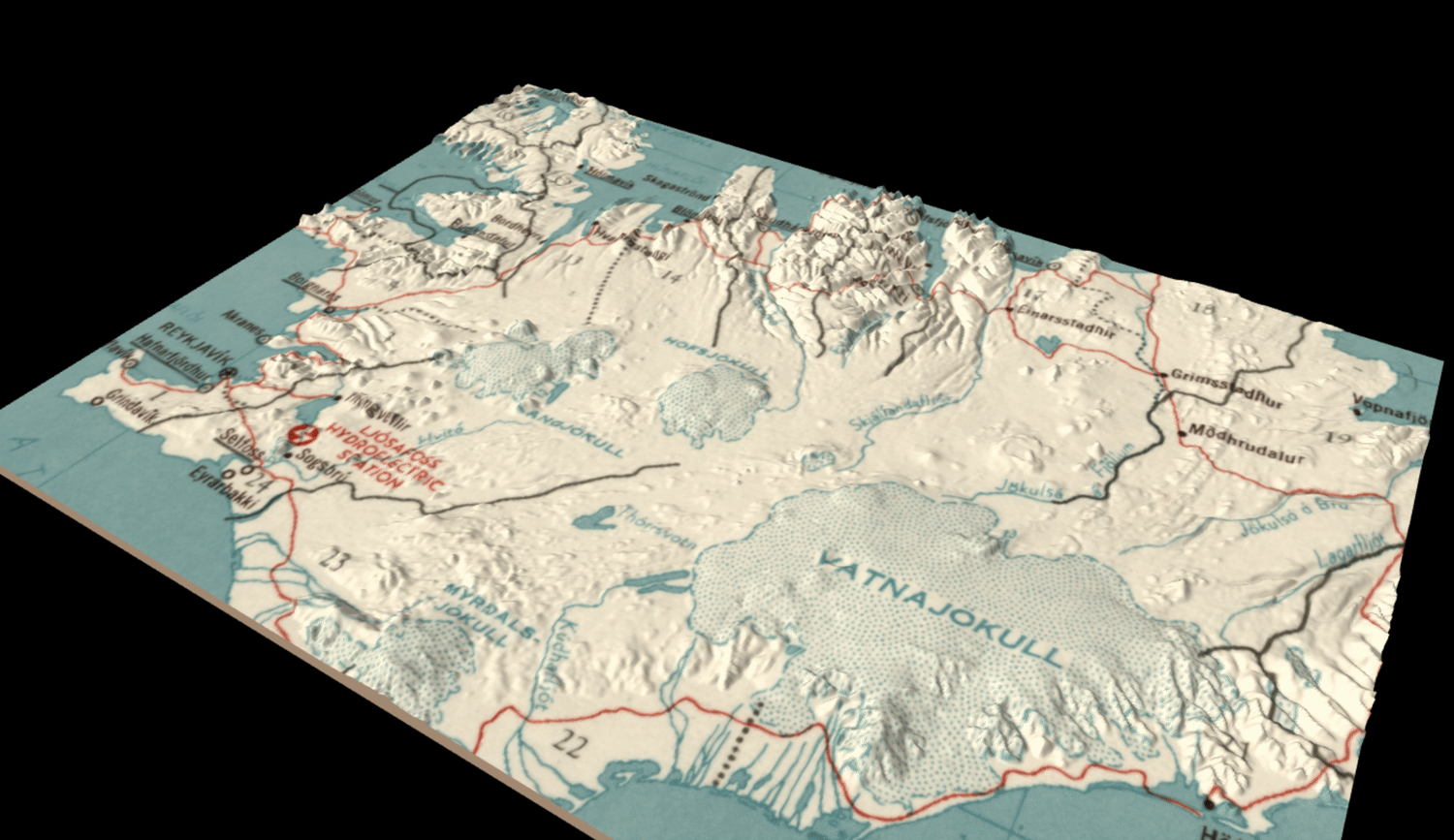GIS Project—new life for an old map
This project was built with QGIS, OpenStreetMap, and QGIS2threejs. It’s based on a tutorial posted to Medium, where there is a great breakdown on how to accomplish this. I used the new QGIS 3, which is a big update and has a huge amount of new functionality compared to version 2. This is a cool way to breathe some life into an old raster map by adding 3D topography, in a format that is easily shareable online. I like the idea of adding topography information to any map that doesn’t have it already. I’d like to try this on a ski resort trail map.
 The finished map, slightly cropped.
The finished map, slightly cropped.
QGIS3 has lots of plugins that need updating to work with version 3. I found that QGIS crashed every time I attempted to export the entire map. I ended up getting it to work by cropping it down just a little bit. My georeference wasn’t super accurate. There was a suprising difference between the old map and the current OpenStreetMap layer available in QGIS, especially the edges of the island. Maps are taken for granted these days, but it still surprises me how difficult it was to map a coast line accurately. I found the original map on the CIA flickr page, which hosts old maps describing economic, geologic, and strategic resources around the globe. The island-wide scale of the CIA map made identifying features a little tricky; I ended up using seven reference points. There are a few spots where the coastal mountains are mapped onto water—clearly in error—however, the coastline in the Southeast corner of Iceland is actually as flat as it appears. It’s a massive delta full of sediment. Not bad for a CIA map. Here’s a link to the interactive version